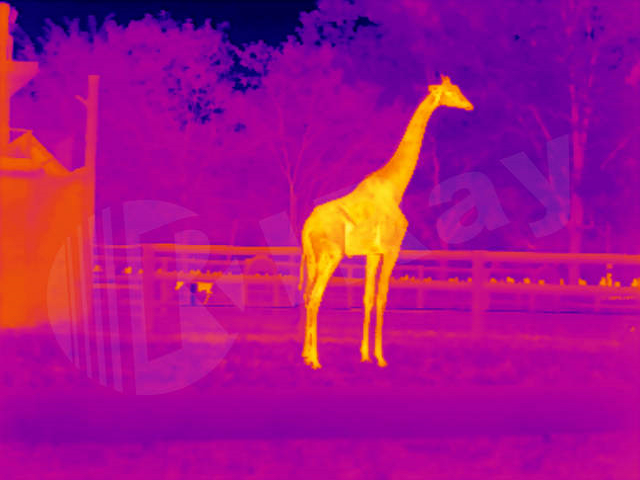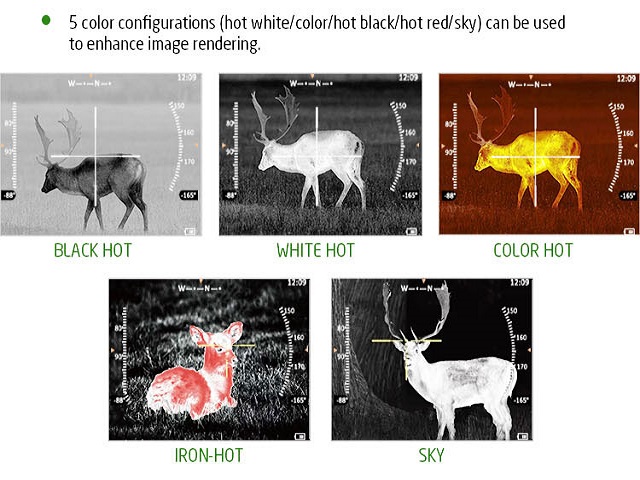The Purpose Of Infrared Thermal Imager
Sales Engineer:Grace Gao
Email:grace@bri-elec.com
WhatsApp:0086-199 2997 5286

In this article, we’ll briefly cover some common use cases for infrared thermal imaging.
1. Drone infrared thermal imager
Infrared thermal imager are commonly used in unmanned aerial vehicles (UAVs) to enhance their reconnaissance capabilities in hazardous or difficult-to-observe conditions. For drone enthusiasts, thermal imaging is versatile for photographers; for emergency services, drone thermal imaging can also be used by search and rescue teams, as well as military applications.
2. Infrared thermal imager for fire detection
Thermal imager can help firefighters find survivors in low-visibility conditions such as dust, fog, ash, and contaminant obscuration; in addition, they can help discover hot spots, potential fire sources, or indicate the location of possible sources of fires (e.g. underground or within cavity walls).
3. Infrared thermal imager for Apple and Android devices
There are a ton of "thermal" and "infrared" photo apps available for Apple iOS and Android phones these days, but they're almost all emulation programs. Standalone apps typically apply fancy filters to your phone's camera to effectively simulate the overall look of thermal imaging. To get a realistic thermal imaging experience on your smartphone, you need to purchase a secondary thermal camera and connect it to your phone, using it in conjunction with the corresponding app.
4. Infrared thermal imager for wildlife
Wildlife photography, animal tracking, and environmental monitoring are all common areas where thermal imaging technology is used. A thermal imager equipped with smart sensors can be set up so that it can be used unattended in natural habitats or automatically triggered at night or in other difficult-to-spot wildlife situations. It also allows for more comprehensive monitoring of species and behavior in certain areas than before.
5. Marine infrared thermal imager
Thermal imager can be used in some very important marine applications, especially for night navigation, heavy fog or bad weather, where they can significantly enhance collision detection systems. As mentioned previously, although there are significant limitations to the effectiveness of underwater thermal imaging (even with advanced technology), thermal imagers that meet marine grade specifications are now widely available and can be installed on many ocean-going vessels of all sizes. position.
6. Thermal Safety Thermal Imager
In recent years, thermal imaging surveillance equipment has gradually become a standard product to achieve better protection, identification and return on investment. Thermal Security Thermal cameras perform well in low light and poor visibility areas and are able to eliminate many visual camouflages (such as dense foliage) near offices and warehouses.
7. Industrial infrared thermal imager
Many thermal imagers are currently available for industrial use, with the market offering a variety of configurations and manufacturing standards to suit challenging applications and environments. These include thermal imagers certified for use in areas with explosive gases, such as the petrochemical industry; underground applications such as mining; and industries such as sugar and grain handling where large amounts of airborne dust particles are present.

Sales Engineer:Grace Gao
Email:grace@bri-elec.com
WhatsApp:0086-199 2997 5286

